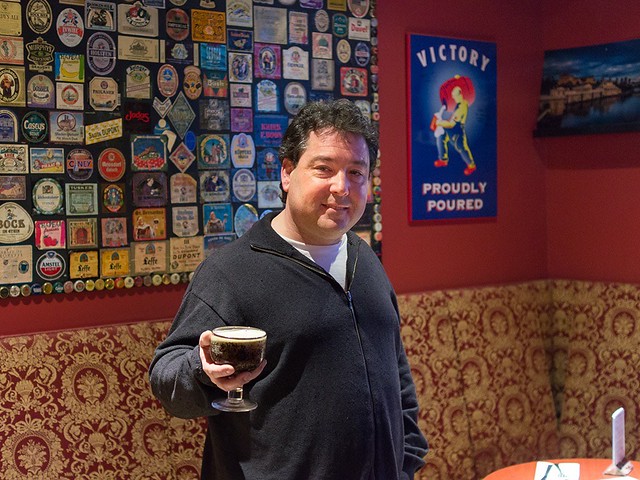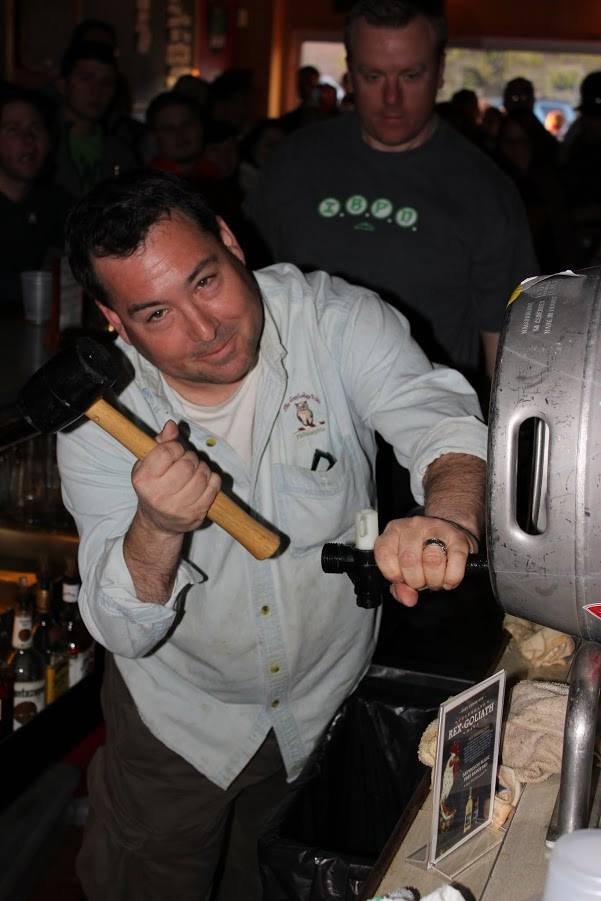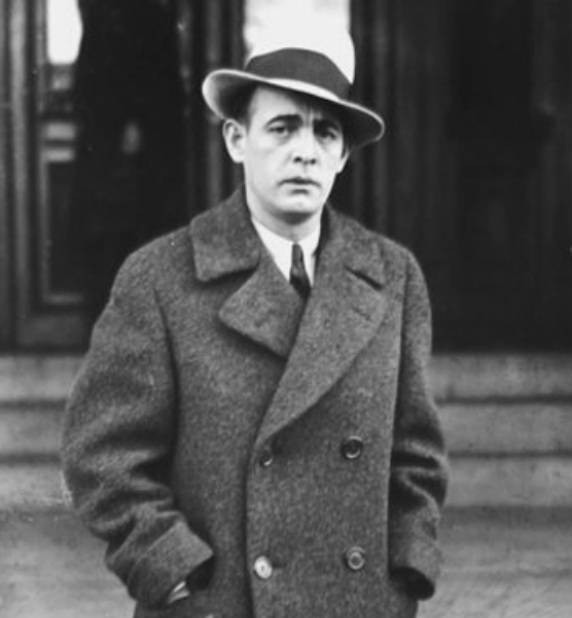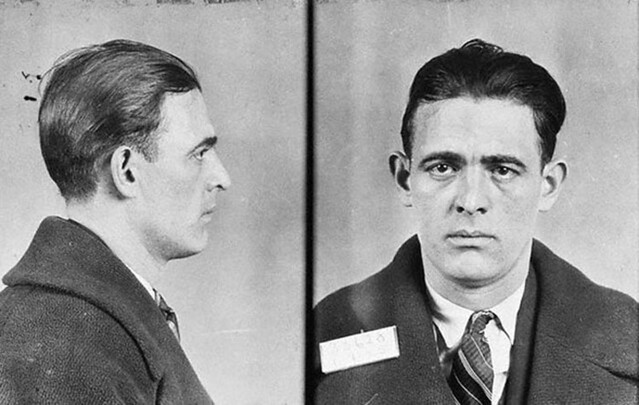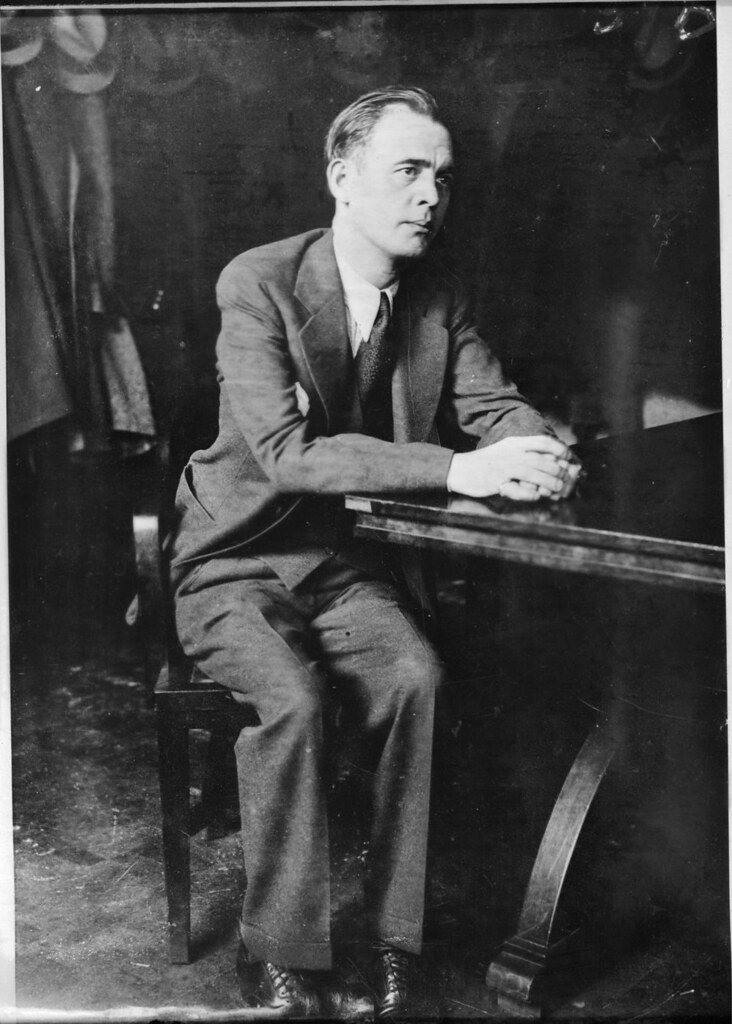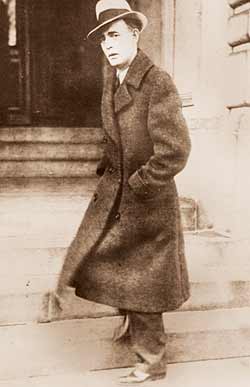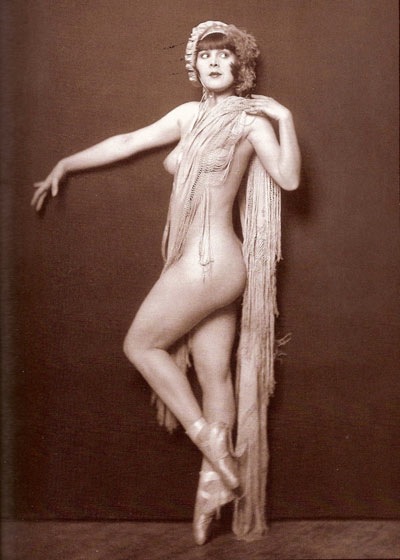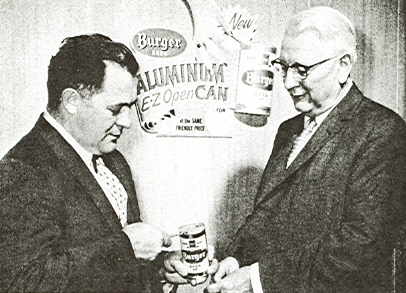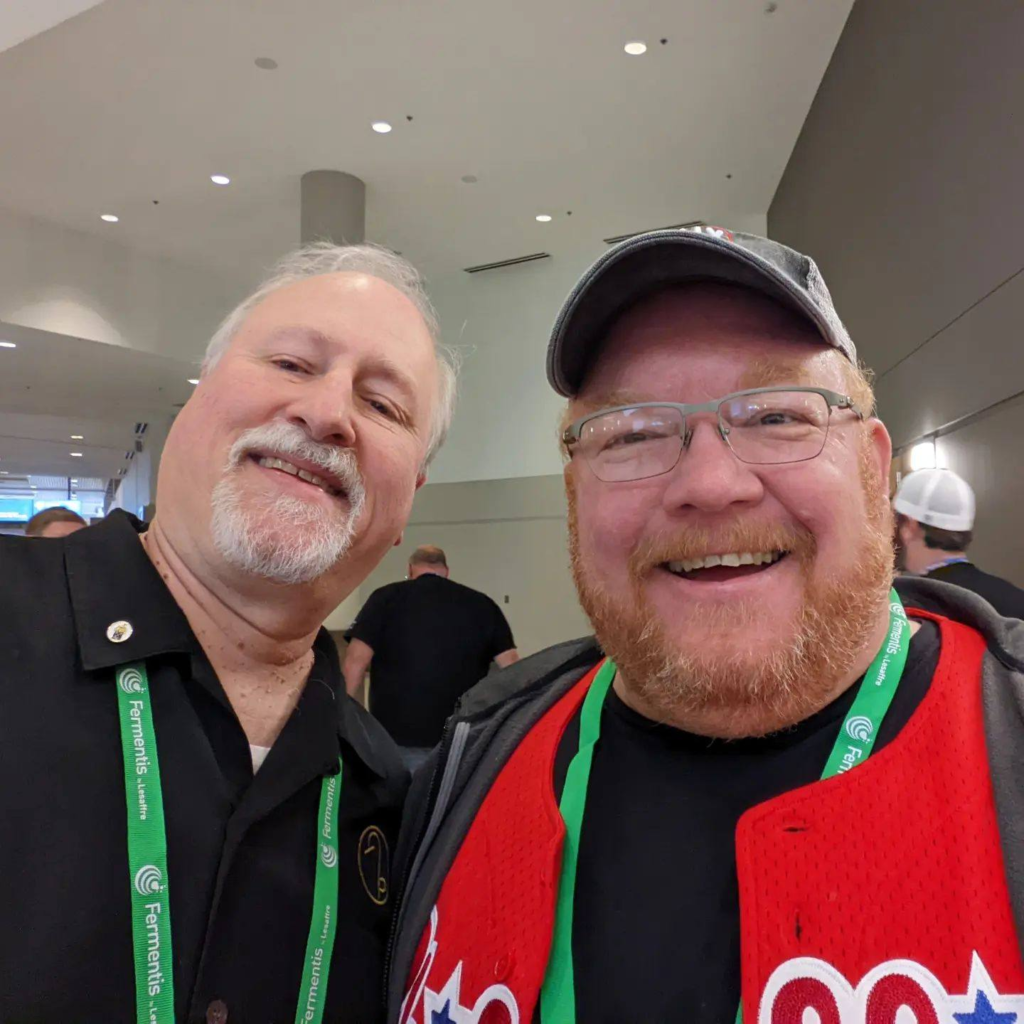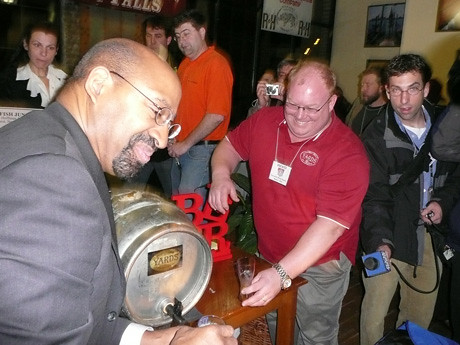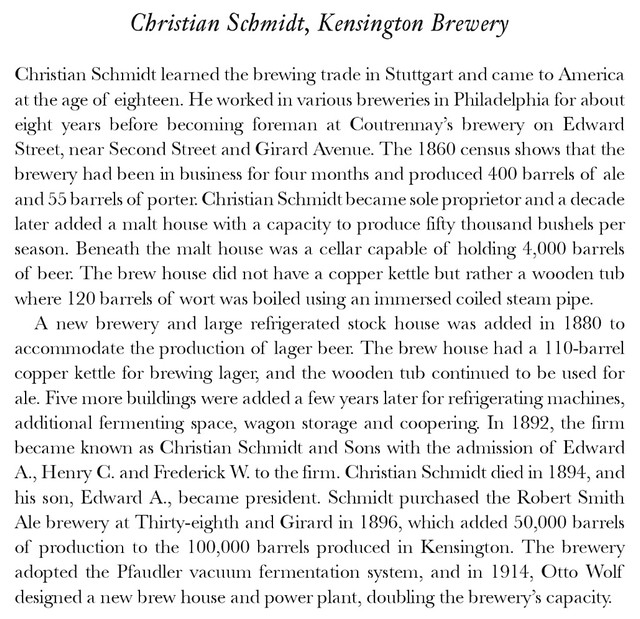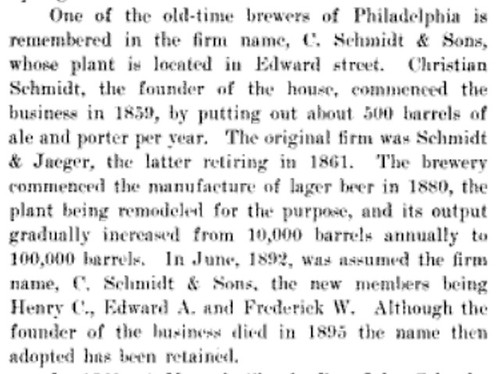
Today is the 61st birthday of Fergus Carey, better known simply as Fergie. Fergie owns Fergie’s Pub in Philadelphia, Pennsylvania and is co-owner of Monk’s Cafe with Tom Peters and was also a partner in Nodding Head Brewery. Fergie’s always a fun person to have around and he’s as kind as soul as ever I’ve met in the beer world. Join me in wishing Fergie a very happy birthday.
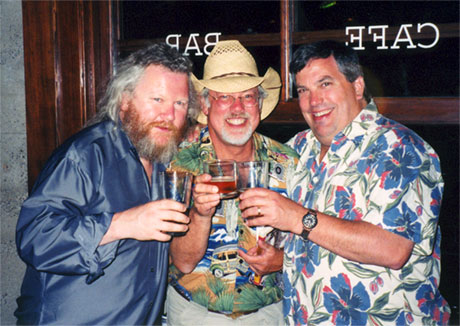 Fergie huddling up with Tom Dalldorf and his Monk’s Cafe partner Tom Peters at 2st Amendment in San Francisco.
Fergie huddling up with Tom Dalldorf and his Monk’s Cafe partner Tom Peters at 2st Amendment in San Francisco.
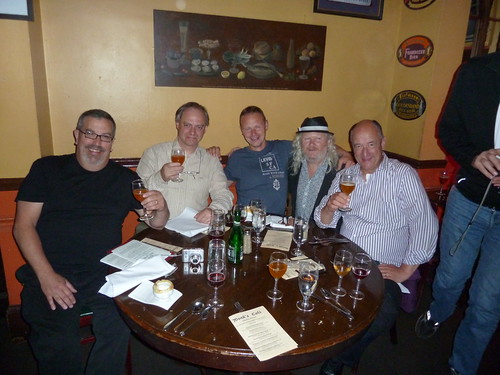 Tom Peters, Frank Boon, Jean Van Roy, Fergie and Armand Debelder at a Lambic Beer Dinner last month at Mon’s Cafe during Philly Beer Week.
Tom Peters, Frank Boon, Jean Van Roy, Fergie and Armand Debelder at a Lambic Beer Dinner last month at Mon’s Cafe during Philly Beer Week.
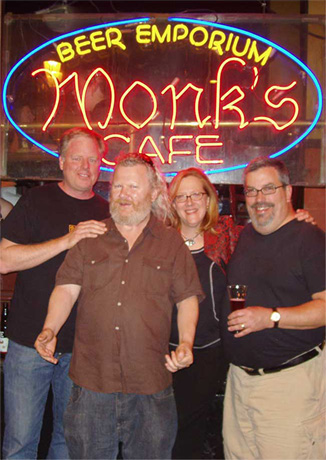 Outside Monk’s cafe: Shaun O’Sullivan from 21st Amendment, Fergie, Lucy Saunders, the beer cook, and Tom Peters, after the Canned Beer Dinner in 2007.
Outside Monk’s cafe: Shaun O’Sullivan from 21st Amendment, Fergie, Lucy Saunders, the beer cook, and Tom Peters, after the Canned Beer Dinner in 2007.

Curt Decker, Tom Peters, and Fergus at the Brewers Reception Wednesday night before the festival.


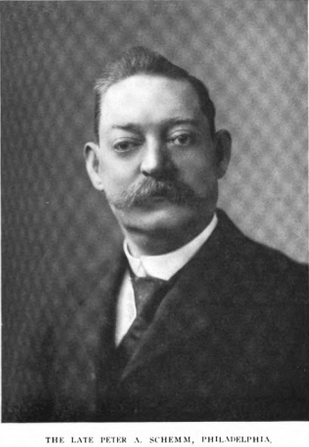
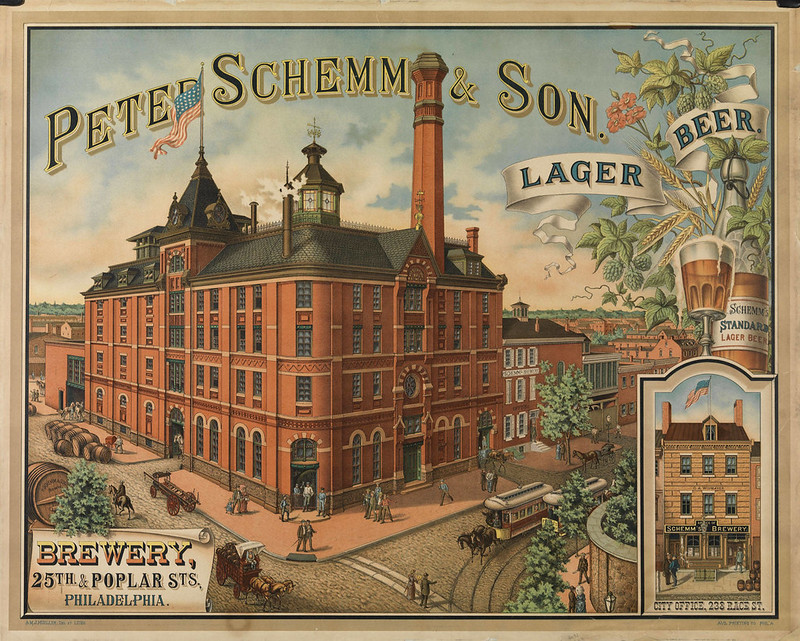
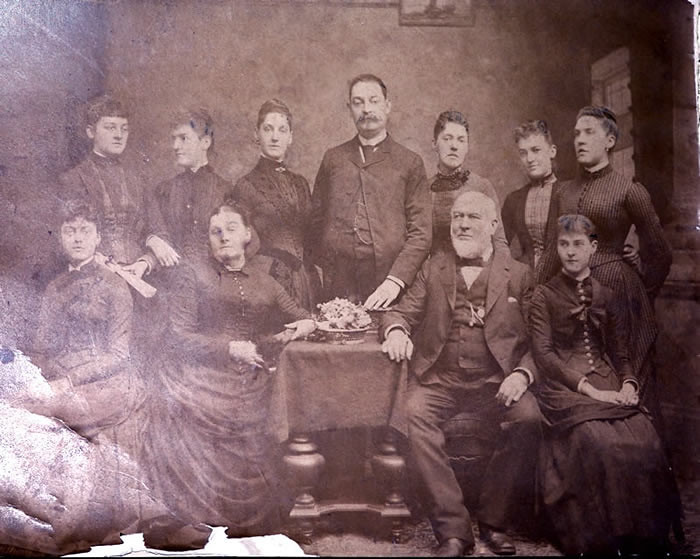
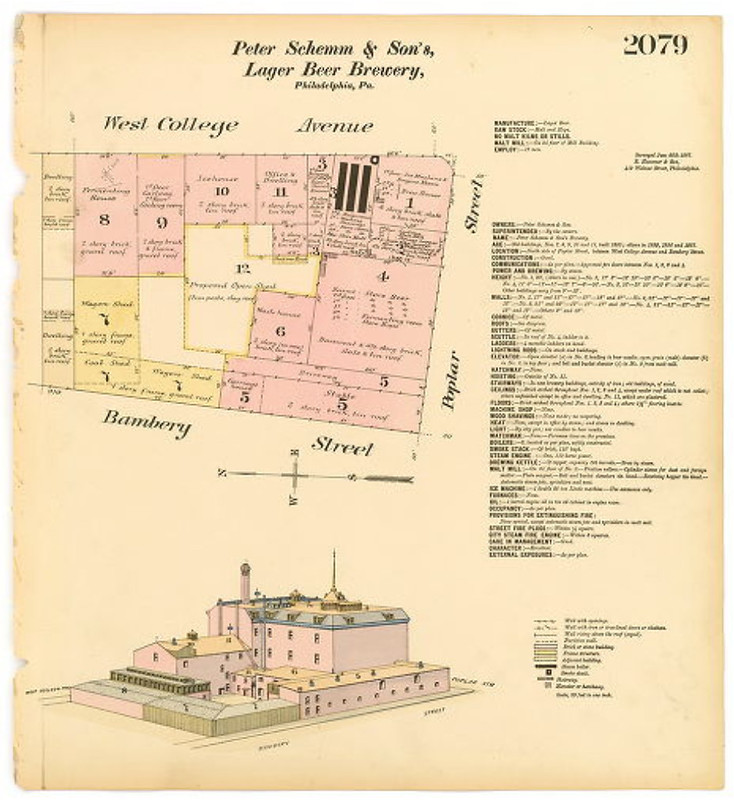
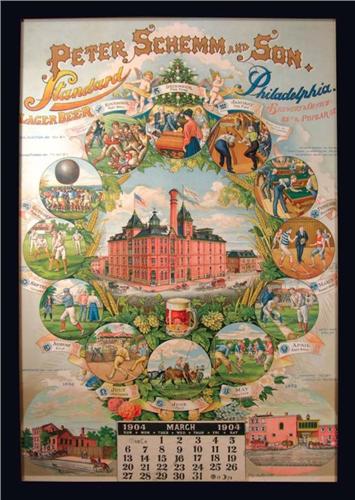

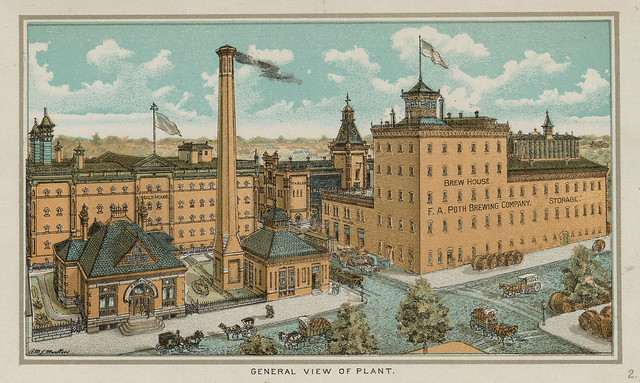
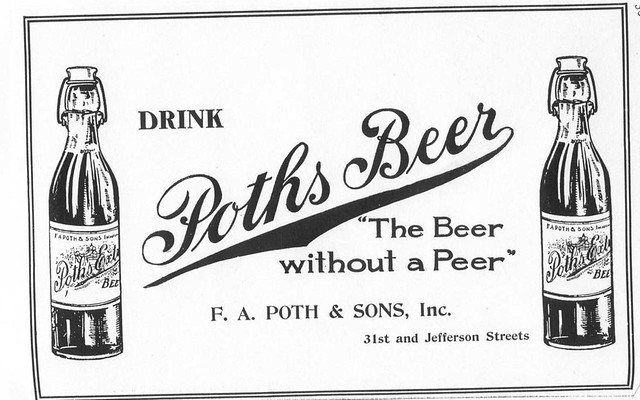
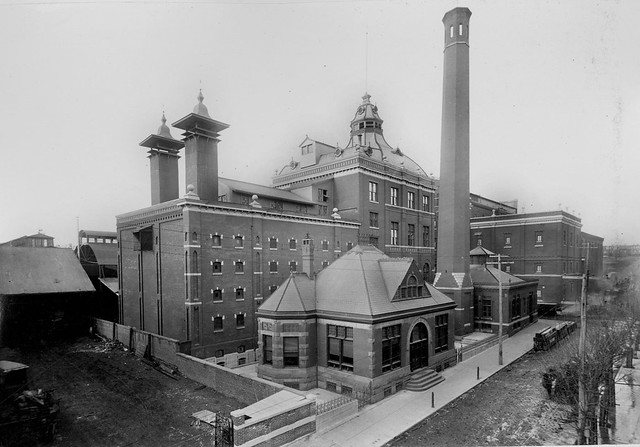
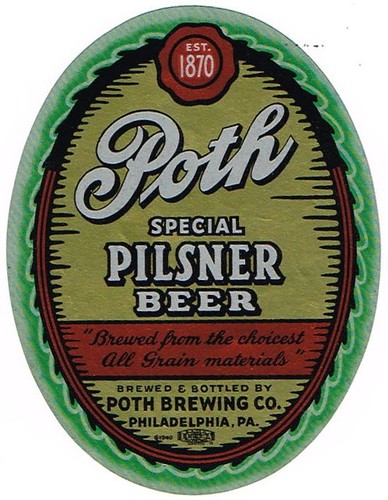
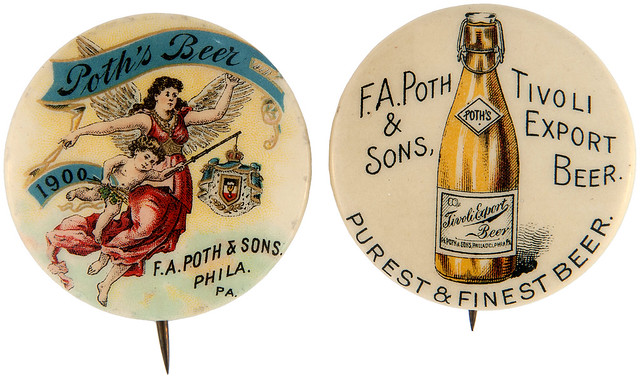



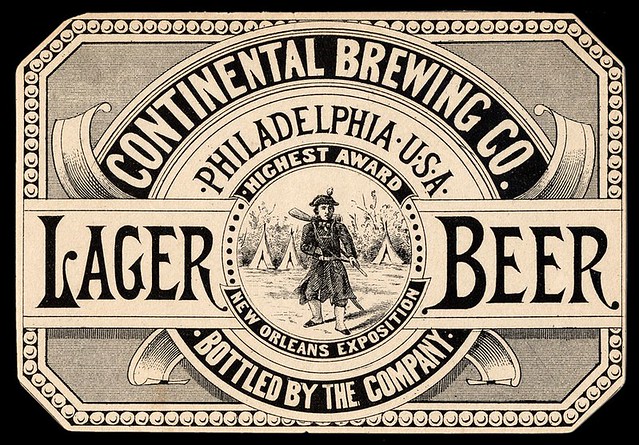





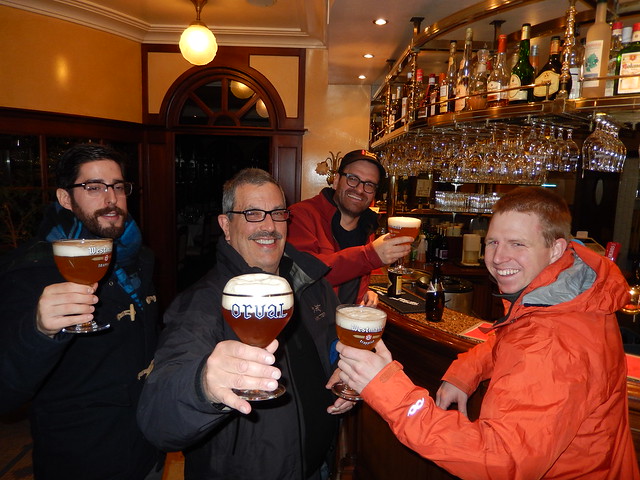 William in the back, having our first beer in Brussels a few years ago.
William in the back, having our first beer in Brussels a few years ago.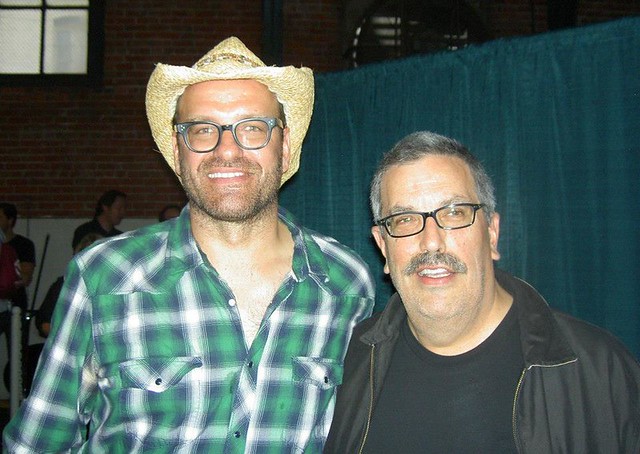 William with Tom Peters.
William with Tom Peters.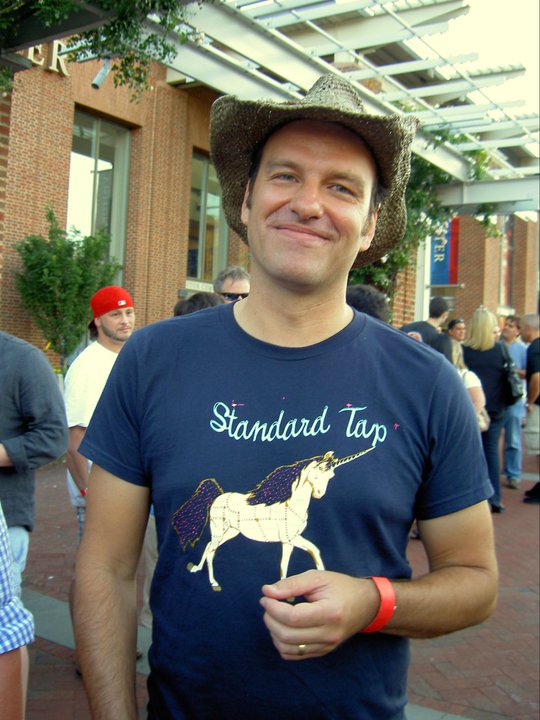 Sporting a Unicorn.
Sporting a Unicorn.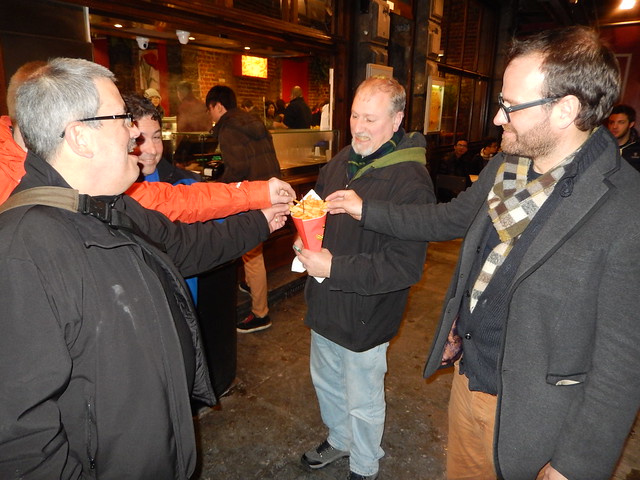 William, with Scoats and Tom Peters as I shared Belgian frites with everyone in Brussels a few years ago.
William, with Scoats and Tom Peters as I shared Belgian frites with everyone in Brussels a few years ago.
